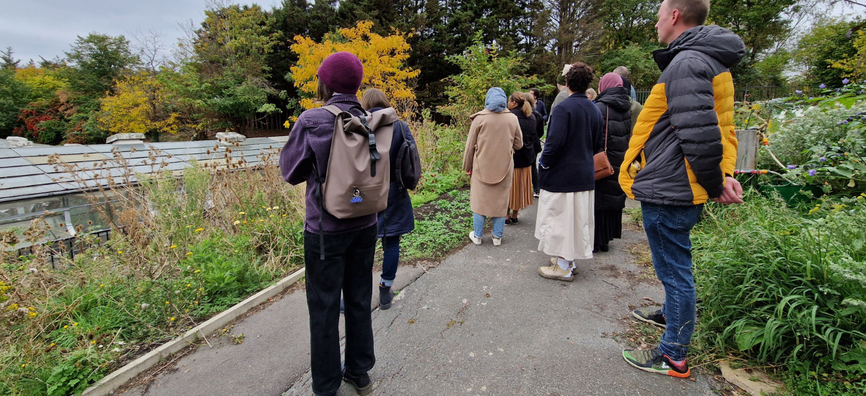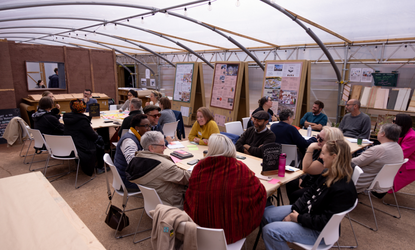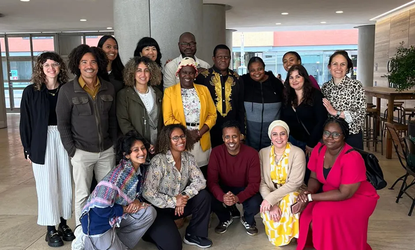Caroline Mason, Esmée's Chief Executive shares her reflections on the additional support we are offering to most organisations we fund in response to the rising cost of living.
For further details see our FAQs below.
This week, we will be offering most organisations we fund a 10% uplift to their grant, to enable them to cope with the rising cost of living. We hope that this news gives people a lift in a dark month, but we know that this extra £7.4m is a supportive, but tiny, contribution in the context of the current scale of social, environmental, and creative need. We also know that foundation giving cannot bridge the funding gap.
In recent learning conversations, we’ve heard how much harder it is getting to raise funds for the kind of long-term change we need. It is understandable that funding is being diverted to dealing with the results of a crisis: immediate needs are important, and increasing numbers of people rely on this emergency help. But this means that the challenges faced by the organisations Esmée funds are bigger than ever.
At Esmée, we think it’s important to keep pushing for change for the future: to deal with the root causes of problems to stop them happening again; and to build new models that can be picked up when the crisis has abated.
We also think it’s important to work in an open and trusting way, to ease pressure on the people and organisations we support. We are offering this uplift with no additional reporting and minimal administration. For organisations with an income of under £1m, accessing the funding is a tick box exercise, and is a short text field for those with higher incomes to tell us how the rising cost of living is affecting their work. We will use what we learn to inform our future support, and share with others if helpful.
I’m very glad to follow other funders in making similar offers to the organisations they support. We will continue to talk and listen to the people we work with, and we are keen to hear any thoughts on what more we could do in future.
Frequently Asked Questions
- How many organisations are being offered an uplift payment?
Altogether, we are offering an uplift payment on 508 current grants, totalling £7.4m. We expect the payments to be made over the next five weeks.
- Who received the uplift payment?
With a limited budget, we made decisions on how best to prioritise this support.
As a result, we prioritised organisations that are:
- Smaller and where the impact of rising costs is likely to be felt more keenly.
- Increasing their services in response to increased demand.
We did not prioritise support for:
- One-off or time-limited projects where work has mostly been completed or could be delayed.
- Organisations with relatively large reserves, or the majority of whose funding is generally secure or comes from trusts and foundations.
- Organisations to which we have recently made new grants.
We will be publishing all the grants onto 360Giving in due course.



